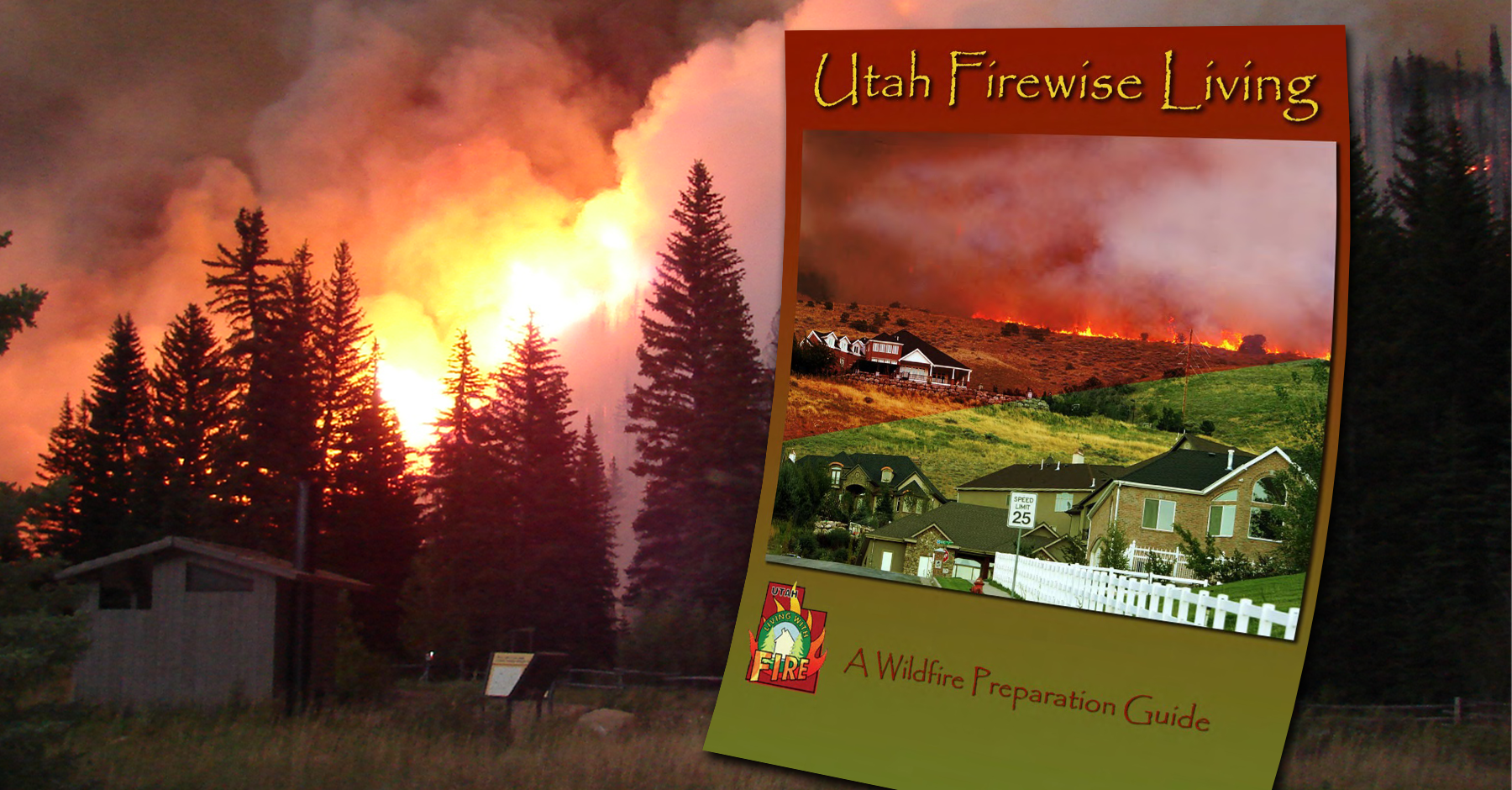Wildfire
THE POINT
Utah is a desert, but we still have a lot of vegetation in our wildlands and urban areas. Each year, Utah spends millions of dollars fighting wildfires, and each year, personal and public property is damaged or destroyed. Most wildfires are human-caused.
Protect your home and family from the possibility of wildfire by practicing simple wildfire safety.
DO THIS
- Learn and practice wildfire prevention
- Make and practice a wildfire evacuation plan with multiple evacuation routes in different directions
- Keep disaster supply kits updated and ready for quick, easy access
- Know how to shut off utilities including gas, electric, and water
- Have a battery-operated radio to receive alerts even if the power is out
- Create wildfire defensible space around your home
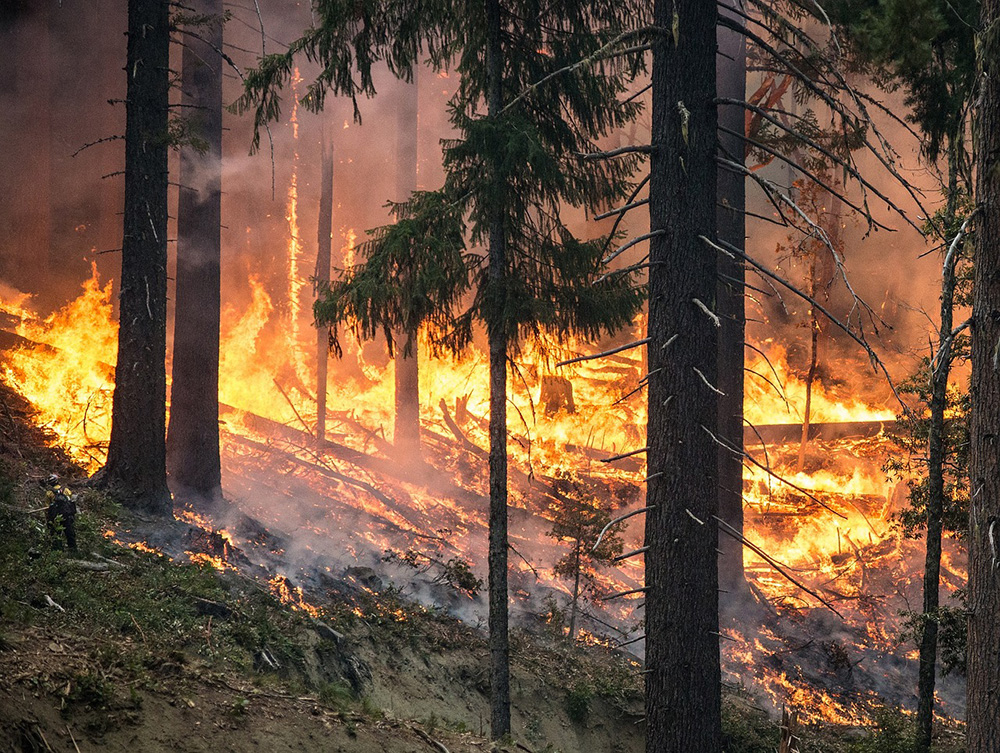 Wildfires can happen anywhere, at any time, when the conditions are right, especially during the warmer summer months. As more people live near undeveloped land the risk of wildfire continues to grow. Wildfires cause billions of dollars in damage each year, from firefighting costs to recovery and rebuilding.
Wildfires can happen anywhere, at any time, when the conditions are right, especially during the warmer summer months. As more people live near undeveloped land the risk of wildfire continues to grow. Wildfires cause billions of dollars in damage each year, from firefighting costs to recovery and rebuilding.
The good news is that you can take simple steps to stay safe and prepared. Follow these tips to reduce your risk before, during, and after a wildfire.
Before Wildfire
Be Alert
- Sign up for emergency phone alerts from your county emergency management.
- Check the Utah Fire Info website and follow the social media channel @UtahWildfire for current active fire details, statewide fire restrictions, prevention, and preparedness.
- Listen to weather forecasts, specifically for Red Flag Warnings during wildfire season to know when conditions are dangerous.
- Keep mobile phones charged. Have battery chargers and backups ready.
- Have a battery-operated radio to receive alerts even if the power is out. Remember, your vehicle probably has a working radio too.
- Listen to and follow directions from local authorities. They will have the latest safety information and recommended actions.
Be Ready
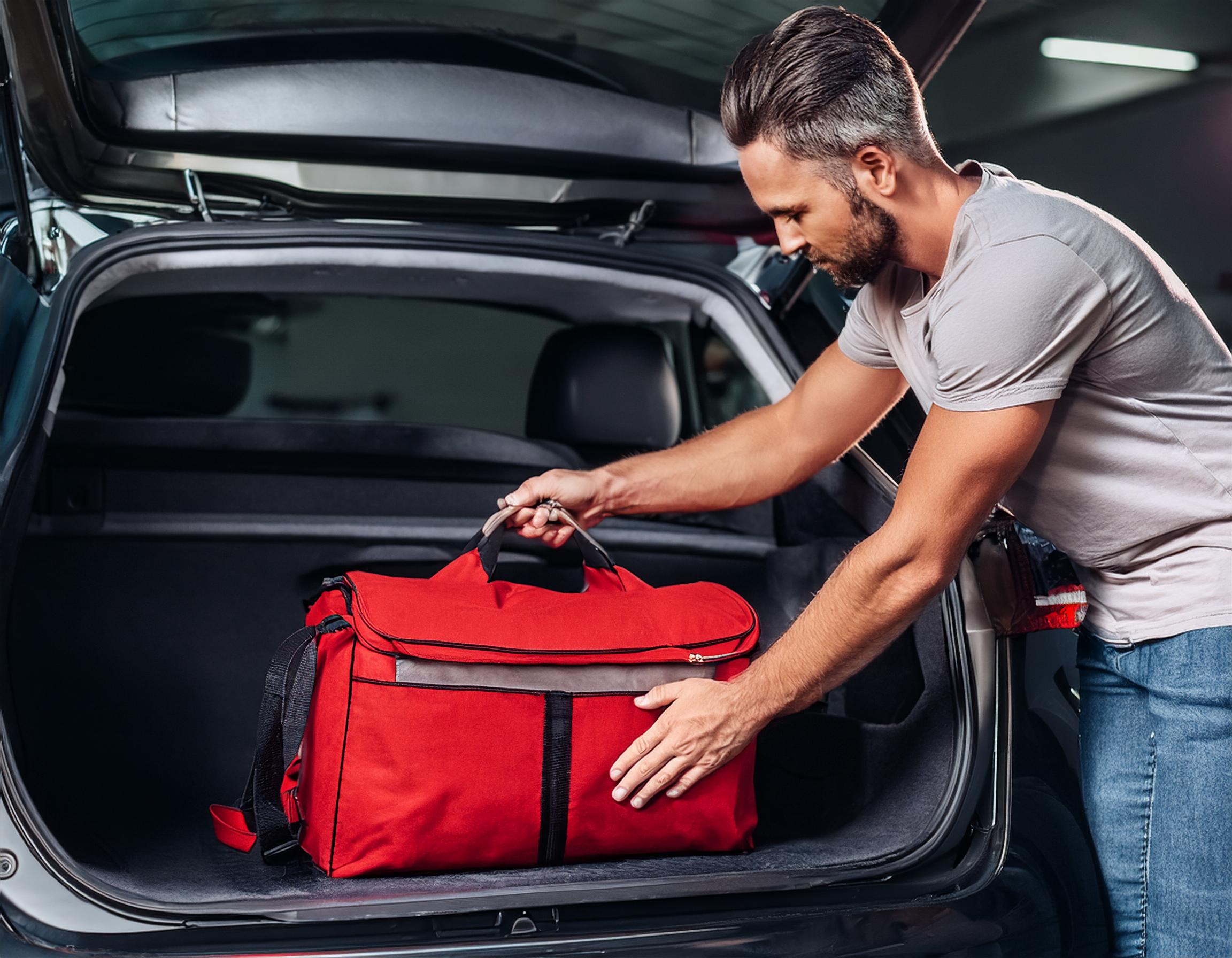
- Make and practice a wildfire evacuation plan with more than one route, heading in different directions. This helps if a fire blocks your main path. Plan different places you can go to, like shelters, or with family and friends.
- Keep your vehicle's fuel tank at least half full. You don't want to run out of gas when you evacuate.
- Make and practice a family communication plan. Practice how to find each other if a wildfire happens when you’re not together. Make sure everyone knows to text, not call, your out-of-area emergency contact to check in.
- Keep disaster supply kits updated and ready for quick, easy access. Don't forget kits for your pets. You may only have seconds to grab them and your family before you need to evacuate.
- Create your prioritized grab and do evacuation list.
- Know how and when to shut off utilities, including gas, electric, and water. If you have an external propane tank for your house or cabin, remember to shut it off before you leave.
- Have fire extinguishers around your home and make sure everyone knows how to use them.
- Make a list and take pictures of all appliances and anything else of value in your home for insurance purposes. Include make and model information.
- Make copies of all important documents and put them in your disaster supply kit. Put the originals in a fireproof/waterproof safe.
📱 Sign up for emergency alerts
🚗 Keep your vehicle's gas tank at least half full
🧯 Have fire extinguishers around your home
🏠 Clear brush and things that can catch fire from off and around the house
Use Your Fire Sense
- Human-caused wildfires account for 8 out of every 10 wildfires nationwide. Use your Fire Sense to help bring that number down.
- Check weather forecasts for Red Flag Warnings. When hot, and dry conditions are expected, take extra precautions during these times, to prevent a wildfire from starting.
- Prevent sparks and fires along roadways. Keep tires properly inflated, maintain brakes, know your tow-load for your vehicle, and keep tow chains from dragging.
- Dry grass can easily ignite when it comes in contact with hot exhaust components. Be sure not to park vehicles or UTVs on dry grass.
Use your Fire Sense when target shooting. Aim away from dry grass and do not use rocks as backstops. Exploding targets or tracer rounds are prohibited on all public lands. Be sure to use extra caution if the weather is hot, dry, and windy. - Before leaving your campsite, put your campfire completely out. Douse, stir, repeat until it is cool to the touch. If it’s too hot to touch, it’s too hot to leave.
Minimize Home Hazards
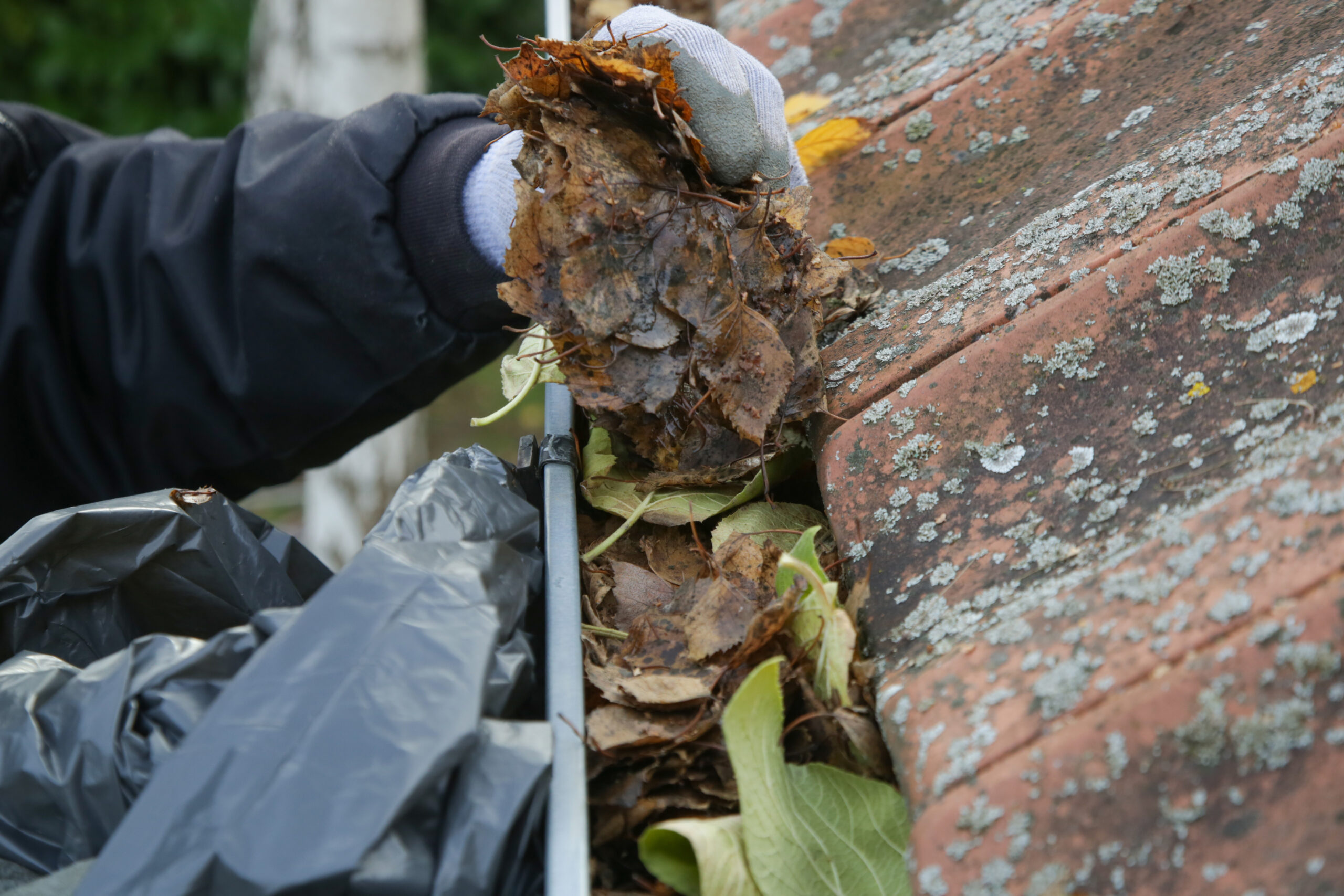
- Create an area of defensible space to better protect your home during a wildfire.
- Clean dead leaves and debris from gutters and roofs, and replace and repair loose or missing shingles. Adding a metal mesh screen to exterior vents can help reduce ember vulnerability.
- In the areas closest to your home, move anything flammable away from external walls such as firewood piles, plants, and mulch.
- In areas farther away from your home, keep your trees pruned. Make sure any tree canopy is at least 10 feet away.
- Remove and dispose of litter, debris, and dead plants and trees.
During A Wildfire
- If you see a wildfire, call 911 immediately. You might be the first to spot it—early reporting gives firefighters the best chance to contain it quickly.
- Always be aware of the situation. If you feel that your location or evacuation route is unsafe or may become compromised, don’t wait for an alert. Take the initiative to evacuate yourself.
- If told to evacuate, leave immediately. Follow suggested evacuation routes and other official instructions. Take your family, pets, and disaster supply kits.
- Do not leave sprinklers or other water running when you evacuate. Leaving water running can lower pressure needed for firefighting efforts in your area.
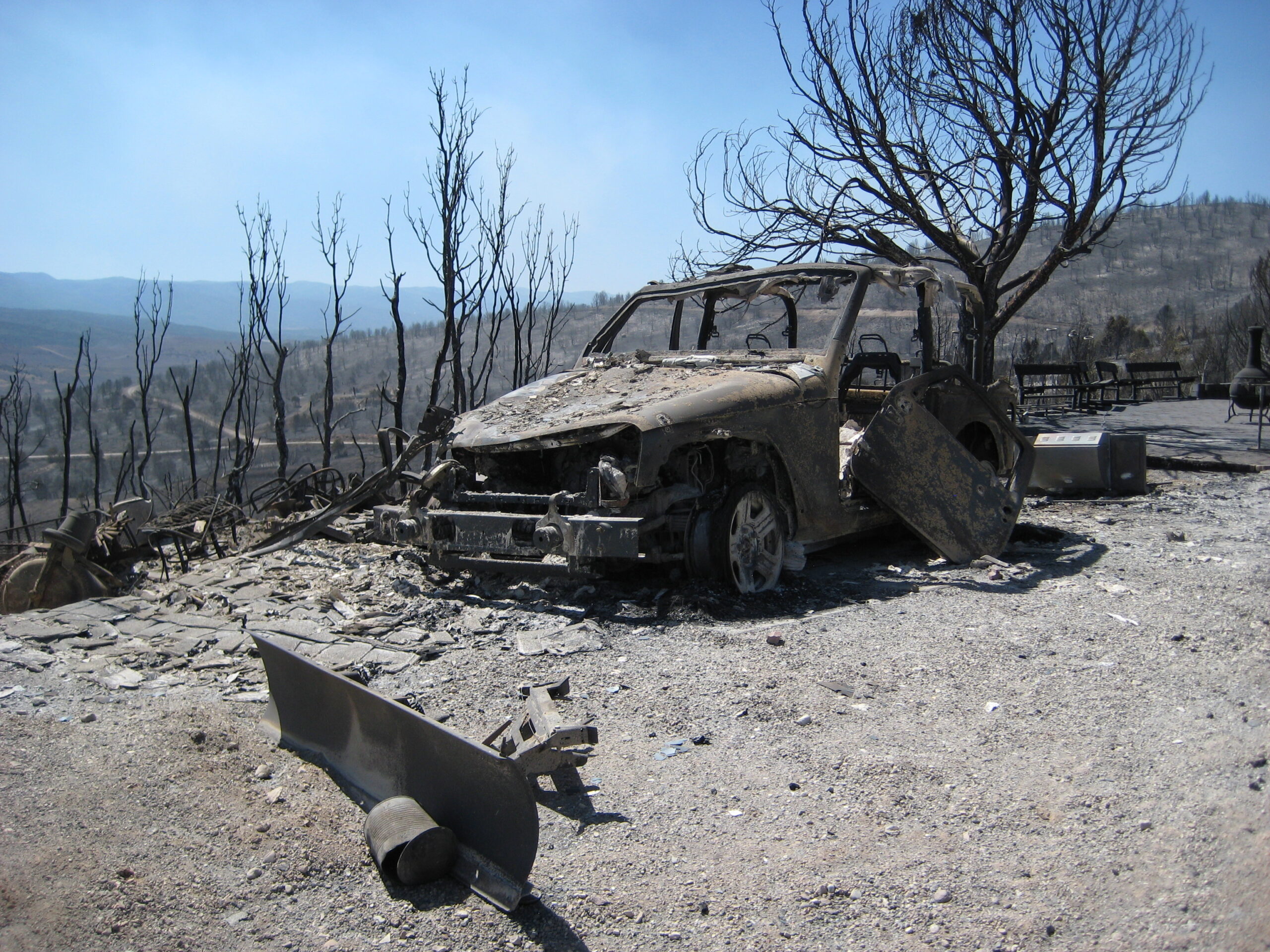 If trapped, call 911 and give your location. Be aware that emergency response could be delayed or impossible. Turn on house lights to help rescuers find you. Use a respirator or an N95 mask to keep harmful particles out of the air you breathe.
If trapped, call 911 and give your location. Be aware that emergency response could be delayed or impossible. Turn on house lights to help rescuers find you. Use a respirator or an N95 mask to keep harmful particles out of the air you breathe.- If you are not ordered to evacuate but smoky conditions exist, stay inside with the windows closed. Limit outdoor activity. If it’s too hot to stay indoors, consider going to a community building with lower smoke levels or relocating away from the wildfire and smoky conditions.
After a Wildfire
- Text your out-of-area emergency contact to let them know you are safe.
- Only return home after emergency officials say it is safe.
- When returning, be cautious of possible hot ash, smoldering debris, and structures or trees that could collapse.
- Do not drink the water until authorities confirm it is safe.
- Before any cleanup, take pictures to document the damage for insurance purposes.
- Use personal protective equipment during cleanup. This includes long sleeves and long pants, work gloves, thick-soled shoes, and a respirator or an N95 mask.
For more information about wildfire preparedness and safety, visit utahfiresense.org and weather.gov/safety/wildfire.
For more information about wildfire preparedness and safety,
visit utahfiresense.org and weather.gov/safety/wildfire.
VIDEOS
DOWNLOADS
LINKS
- Utah Fire Sense: Wildfire Prevention
- Utah FFSL: Wildfire Community Preparedness
- Ready.gov: Wildfires
- NFPA: Preparing Homes for Wildfire
- NWS: Wildfire Weather Safety
- NWS: Understanding Wildfire Warnings, Watches and Behavior
- NWS: Wildfire Preparedness
- US Forest Service: Make your home wildfire defensible
Disaster Supply Kit List
Kit List Link
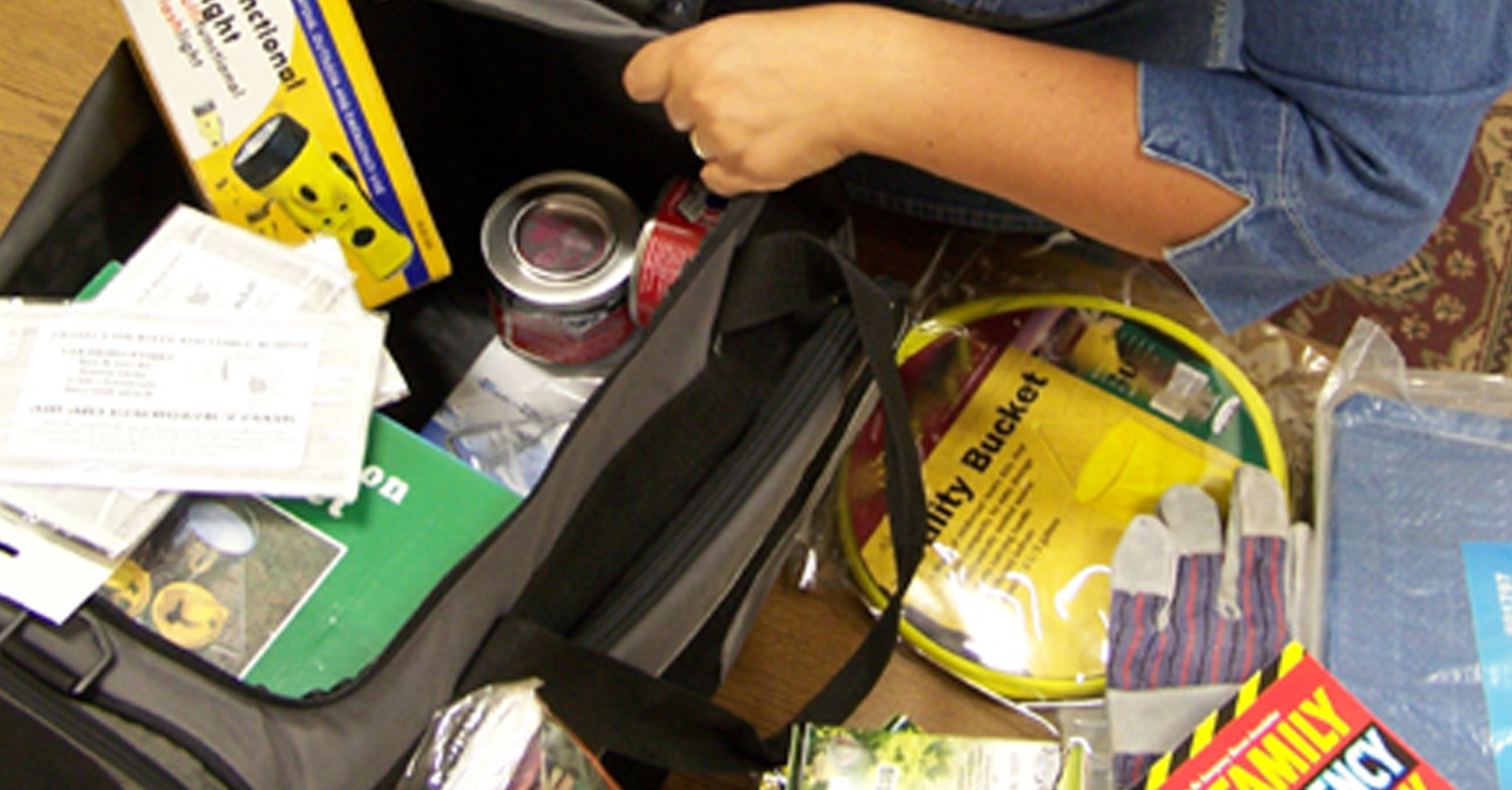
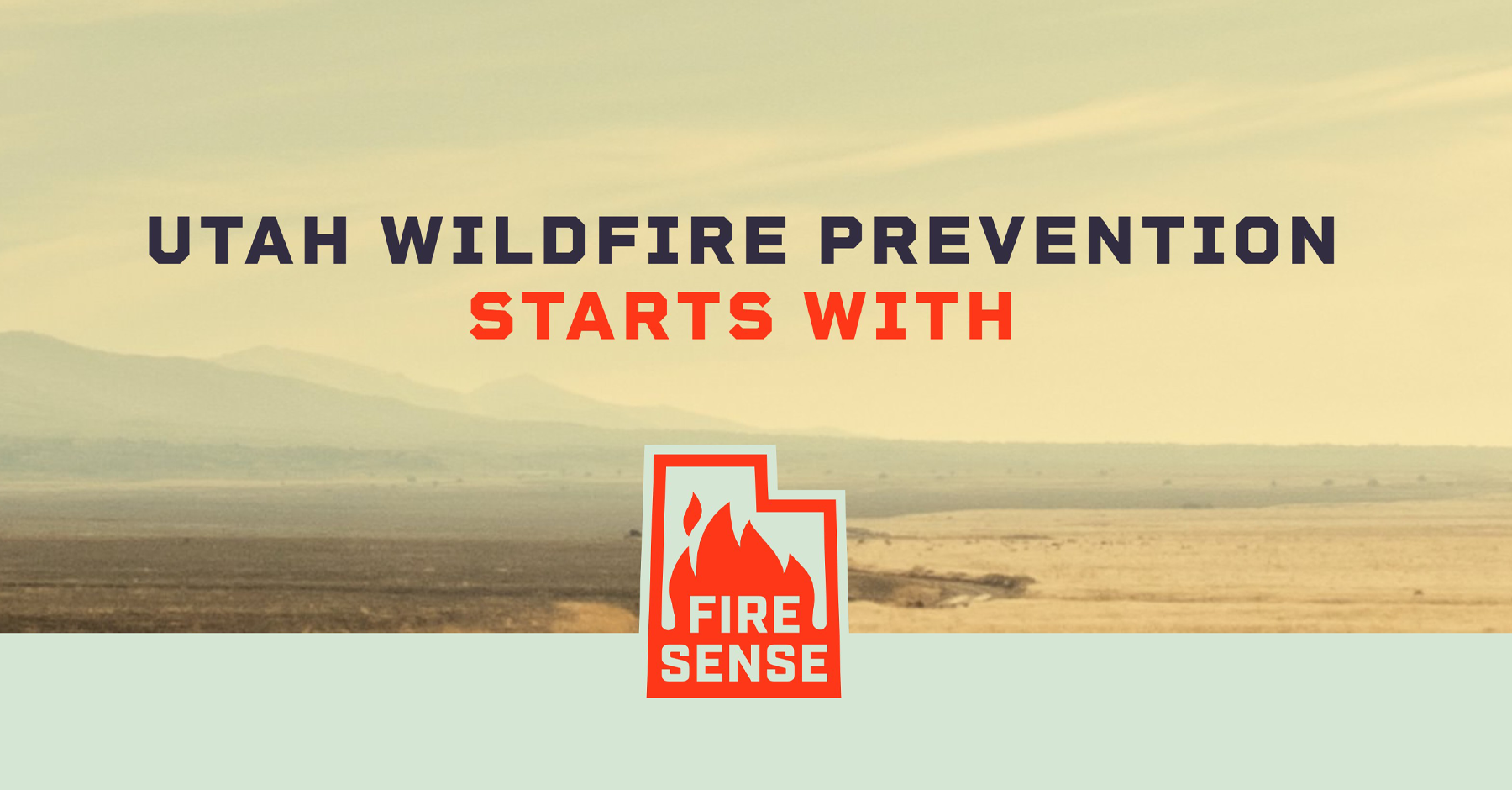
Utah Firewise Living: A Wildfire Preparation Guide
Firewise Guide Link
